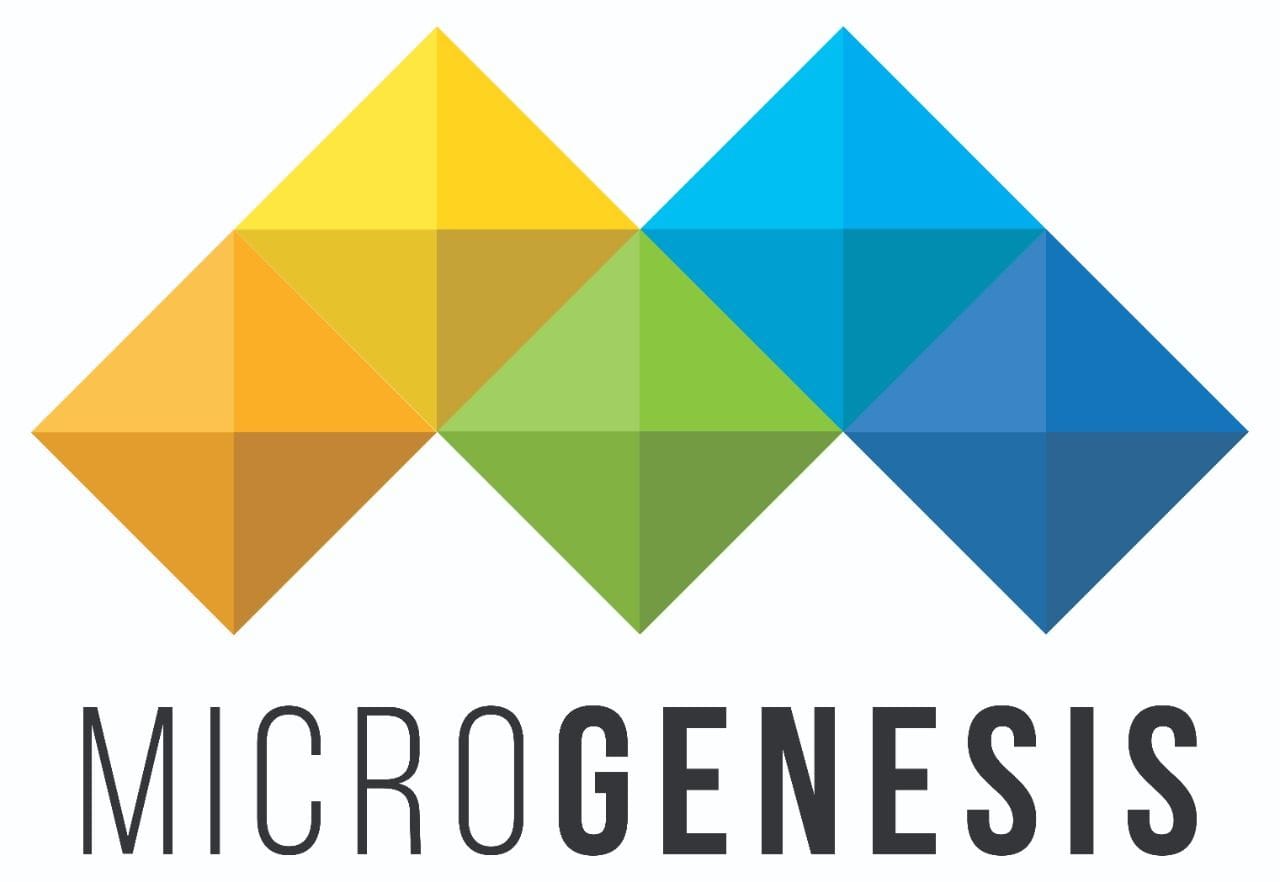In today’s fast-paced digital economy, enterprises face the dual challenge of delivering high-quality applications faster while maintaining regulatory compliance and traceability. Traditional Application Lifecycle Management (ALM) approaches, often built around siloed processes and manual interventions, cannot keep pace with modern business demands.
This is where Agile ALM tools play a transformative role. By integrating planning, development, testing, release, and operations into a seamless workflow, Agile ALM tools improve visibility, enhance collaboration, and accelerate delivery. For industries like automotive, aerospace, medical devices, and industrial manufacturing, the right ALM tools are more than just productivity enhancers—they are critical for compliance, safety, and innovation.
Three solutions stand out in this space: IBM Engineering Lifecycle Management (IBM ELM), Codebeamer, and Polarion. These platforms provide not only agile capabilities but also the deep traceability, compliance automation, and scalability required in regulated environments.
1. What are Agile ALM Tools?
Agile ALM tools are software platforms that manage the entire application lifecycle—from capturing requirements to designing, building, testing, deploying, and maintaining software. Unlike legacy ALM systems that were linear and waterfall-oriented, Agile ALM tools are designed for:
- Collaboration across cross-functional teams.
- Automation of builds, testing, and reporting.
- Traceability linking requirements to design, code, and tests.
- Adaptability to support iterative development and continuous delivery.
The goal is simple: eliminate silos, reduce waste, and create end-to-end visibility into the lifecycle.
2. Why Agile ALM Tools are Essential for Efficiency
Inefficiency in software teams usually stems from fragmented tools, misaligned processes, and manual handoffs. Agile ALM tools solve these problems by:
- Centralizing work management so requirements, stories, and tasks are visible to all stakeholders.
- Automating workflows to reduce time spent on repetitive manual tasks.
- Linking artifacts across the lifecycle, ensuring full traceability.
- Improving compliance readiness, reducing the time needed for audits.
- Enabling faster feedback loops, so defects and issues are identified earlier.
In short, Agile ALM tools drive efficiency by aligning people, processes, and technology around common goals.
3. Enterprise-Grade Agile ALM Tools
Many tools exist in the Agile ecosystem, but enterprise organizations—especially in Europe—face unique challenges:
- Strict regulatory requirements (e.g., ISO 26262, IEC 62304, DO-178C, GDPR).
- Complex supply chains with multi-vendor collaboration.
- Large-scale distributed teams that require governance and standardization.
This is why IBM ELM, Codebeamer, and Polarion are the platforms of choice. Let’s look at each in detail.
IBM Engineering Lifecycle Management (IBM ELM)
IBM ELM is one of the most comprehensive ALM solutions available, built specifically for complex, safety-critical systems.
- Requirements Management: Manage and validate requirements with full traceability.
- Model-Based Systems Engineering (MBSE): Bridge hardware and software design.
- Quality Management: Automate testing and defect tracking.
- Collaboration: Enable global teams to work on shared artifacts.
Efficiency Gains:
- Reduces rework by ensuring requirements traceability from start to finish.
- Automates compliance with standards like ISO 26262 (automotive) and DO-178C (aerospace).
- Provides real-time dashboards for alignment between business and engineering.
Codebeamer
Codebeamer, now part of PTC, is a next-generation ALM platform known for its Agile and DevOps-friendly approach.
- Backlog & Requirements Management: Agile-friendly story mapping and backlog prioritization.
- Workflow Automation: Highly customizable workflows for development and QA.
- DevOps Integration: Tight integration with CI/CD pipelines and testing frameworks.
- Compliance Support: Templates for automotive (ASPICE, ISO 26262), medical (IEC 62304), and aviation.
Efficiency Gains:
- Streamlines collaboration across large-scale projects.
- Speeds up delivery through ready-to-use compliance templates.
- Enables faster adoption of Agile at scale in regulated industries.
Polarion ALM
Siemens’ Polarion ALM is another leader in regulated software development, known for its open architecture and strong compliance features.
- Unified Platform: Single repository for requirements, development, testing, and release.
- Traceability: Automatically links requirements, code, and test results.
- Compliance Management: Supports FDA, ISO, and automotive safety standards.
- Integration: Works with popular DevOps tools, CI/CD, and testing frameworks.
Efficiency Gains:
- Eliminates silos by keeping all lifecycle artifacts in one place.
- Provides out-of-the-box reporting for audits.
- Enables faster decision-making with real-time visibility into project status.
Learn More: How ALM Helps in Sustainable Product Engineering
4. How Agile ALM Tools Improve Efficiency
When organizations implement IBM ELM, Codebeamer, or Polarion, the results go far beyond just tool adoption—they experience measurable efficiency gains across the software lifecycle.
- Faster Delivery: By connecting requirements, development, testing, and release in one ecosystem, teams eliminate handoff delays. CI/CD integrations ensure that code changes are automatically built, tested, and deployed. Instead of waiting weeks for formal releases, teams can deliver updates in days—or even continuously—without compromising quality.
- Reduced Errors: One of the most common sources of late-stage defects is poor visibility into changing requirements. Agile ALM tools link requirements directly to code, design, and tests, so if a requirement changes, the impact is visible instantly. Early defect detection and traceability reduce expensive rework in safety-critical industries like automotive and medical devices.
- Improved Collaboration: With a single platform as the “source of truth,” distributed teams no longer work in silos. Developers, testers, project managers, and compliance officers can collaborate on the same data set. This eliminates confusion from multiple spreadsheets, emails, or outdated documents.
- Compliance Readiness: In regulated industries, preparing for an audit can take weeks of manual evidence gathering. With IBM ELM, Codebeamer, or Polarion, compliance is baked into the process. Traceability matrices and automated documentation mean organizations can walk into an audit with real-time reports ready.
- Higher Productivity: Engineers spend less time on administration and more time innovating. Automated workflows handle tasks like linking artifacts, generating reports, and enforcing workflows, freeing up talent to focus on building the next breakthrough.
In short, Agile ALM tools transform efficiency by removing bottlenecks, reducing risks, and enabling teams to work smarter, not harder.
5. Best Practices for Maximizing ALM Efficiency
While tools like IBM ELM, Codebeamer, and Polarion are powerful, efficiency gains depend on how organizations implement and use them. Here are best practices:
- Integrate the Toolchain
Ensure that ALM tools are seamlessly connected with version control (Git), CI/CD systems (Jenkins, GitLab CI, Azure DevOps), and test automation frameworks (Selenium, JUnit, etc.). This prevents teams from jumping between disconnected tools and ensures continuous data flow.
- Automate Compliance
Regulated industries can cut weeks of manual documentation by leveraging compliance templates built into tools like Codebeamer and Polarion. Automating evidence collection for standards like ISO 26262, IEC 62304, and DO-178C ensures compliance without slowing down delivery.
- Adopt Shift-Left Testing
Testing should not be a late-stage activity. By integrating test case management and automated testing directly into ALM workflows, teams catch issues earlier when they are cheaper and easier to fix. This improves both speed and quality.
- Standardize Pipelines
Large organizations often struggle with inconsistency across teams. Standardizing workflows, processes, and pipelines ensures predictability, reduces errors, and makes scaling Agile practices across hundreds of teams feasible.
- Train & Upskill Teams
Even the best ALM tool cannot deliver value if teams lack the skills to use it effectively. Investing in role-based training and upskilling ensures teams understand how to maximize features like traceability, dashboards, and workflow automation.
When applied together, these best practices ensure that organizations don’t just adopt tools—they realize the full potential of Agile ALM to drive efficiency and innovation.
6. Benefits for Regulated Industries
Agile ALM tools provide universal benefits, but their value is especially significant in industries where safety, compliance, and reliability are non-negotiable.
- Automotive: With the shift to electrification and autonomous driving, automotive manufacturers face enormous complexity. Agile ALM ensures faster compliance with ISO 26262 and ASPICE, enabling OEMs and suppliers to innovate while meeting stringent safety standards. For example, IBM ELM offers end-to-end traceability, allowing automotive engineers to track requirements through design, code, and test results seamlessly.
- Medical Devices: In healthcare, patient safety is paramount. Regulatory frameworks like IEC 62304 mandate strict lifecycle controls. Polarion and Codebeamer simplify compliance by embedding regulatory templates, ensuring developers and testers can focus on product innovation while maintaining FDA and EU MDR readiness.
- Aerospace: Aircraft software requires certification under DO-178C, one of the most rigorous standards in engineering. Agile ALM tools make traceability effortless, ensuring every requirement is mapped to a design element, line of code, and test case. IBM ELM is particularly strong here, supporting model-based systems engineering for complex aerospace systems.
- Industrial IoT: For industrial automation and IoT devices, frequent software updates are expected. ALM tools provide the governance required to ensure updates meet both performance and safety criteria, while still enabling rapid iteration.
In all these industries, Agile ALM doesn’t just deliver efficiency—it ensures that speed, safety, and compliance coexist without compromise.
7. Challenges in Implementing Agile ALM Tools
Despite their clear advantages, organizations should not underestimate the challenges of implementing IBM ELM, Codebeamer, or Polarion. Common hurdles include:
- Toolchain Complexity: Large enterprises often have an existing patchwork of tools—some for requirements, others for testing, and others for DevOps. Integrating these with new ALM platforms requires careful planning and expertise. Without proper integration, data silos can persist.
- Cultural Resistance: Agile ALM represents a shift in how teams work. Developers used to working in isolation, testers accustomed to late-stage validation, and managers who prefer waterfall-style planning may resist change. Overcoming this requires strong leadership and change management.
- Skills Gaps: These enterprise-grade tools are powerful but complex. Teams may lack experience in using traceability matrices, compliance templates, or integrated workflows. Training and ongoing coaching are essential to unlock full value.
- Scaling Issues: Implementing Agile ALM for one team is easy. Scaling it across hundreds of teams, multiple geographies, and global supply chains introduces governance challenges. Organizations need strong frameworks to manage consistency without stifling agility.
Overcoming the Challenges
The good news is that these challenges are surmountable. Organizations that succeed typically:
- Take a phased adoption approach, starting small before scaling.
- Engage an experienced ALM partner for tool integration and best practices.
- Invest in training and cultural transformation alongside technology deployment.
- Define clear governance structures to manage scaling without creating bureaucracy.
With the right strategy, enterprises can turn these challenges into stepping stones, unlocking the true efficiency potential of Agile ALM tools.
8. The Future of Agile ALM
Agile ALM tools like IBM ELM, Codebeamer, and Polarion are evolving rapidly. Future trends include:
- AI-Driven ALM: Predictive defect detection and automated test generation.
- Value Stream Management: Linking business outcomes directly to development work.
- Cloud-Native ALM: Full support for hybrid cloud pipelines.
- Composable ALM: Reusable building blocks for faster adoption.
- Continuous Compliance: Automated regulatory checks at every pipeline stage.
Conclusion: Why Partner with MicroGenesis
Adopting IBM ELM, Codebeamer, or Polarion can dramatically improve team efficiency, compliance readiness, and product quality. But success depends on more than tool selection—it requires the right implementation strategy, integration expertise, and ongoing support.
This is where MicroGenesis comes in.
As a trusted partner, MicroGenesis helps organizations:
- Deploy and integrate IBM ELM, Codebeamer, and Polarion into existing workflows.
- Automate compliance with industry standards.
- Build CI/CD pipelines tailored for regulated environments.
- Train teams to adopt Agile ALM best practices.
- Provide ongoing managed services for scaling and optimization.
With MicroGenesis, enterprises don’t just adopt tools—they unlock efficiency, compliance, and innovation at scale.

